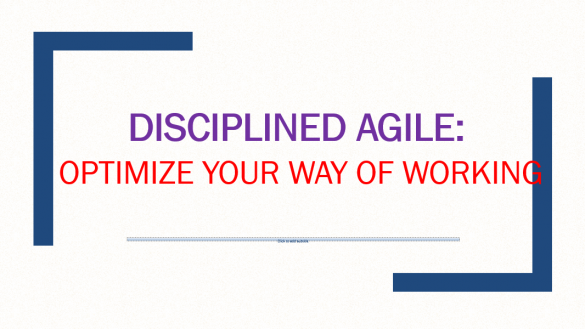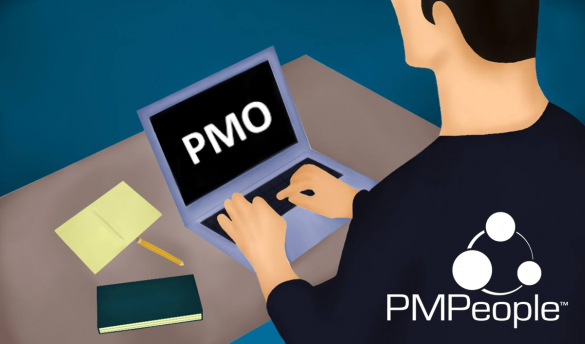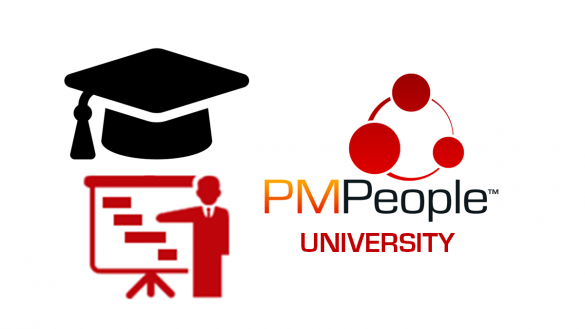Disciplined Agile: Optimize your Way of Working
In context of project management, despite being comparatively new to waterfall, Agile methodology is widely accepted and works very well in small teams. But what happens when we want to scale up? How can we bring other teams to agility and not just the developers? Here…
PMPeople to Control Agile Projects
1) Centralize professional project management in PMPeople: stakeholders engagement, risks, status reports, time sheets and expenses, etc. 2) decompose the project into work packages, meaning agile releases; 3) Connect work package #0 (the project itself) to Asana list for epics; 4) Connect each release to Asana list for user stories; 5) Managers do not need Asana: they use PMPeople to track epics and stories; 6) Team Members do not need PMPeople: they use Asana to follow their ceremonies and manage their artifacts.
Setting the PMO up in 1 week
Organizations in the project economy cannot wait 6 months to have a PMO up and running. Thanks to our tool PMPeople, PMO activation does not have to be a long expensive project anymore. All the technology can be set up in 1 week so that you can focus on the PMO function. In this short period, now is technically possible to have many people collaborating on project management, using different roles.
Welcome to PMPeople University!
PMPeople University service is available today! Any accredited organization providing courses in project management can now use PMPeople for half price. Online support for students and trainers is also included. Save money if you pay for other PM tools and provide an up-to-date learning experience practicing collaborative professional project management with PMPeople. If you are interested, please email us to info@pmpeople.org with the subject: “UNIVERSITY”.
PMPeople Book is Out!
This book is mainly aimed at the users of PMPeople, but also at those who want to learn how to manage predictive or agile projects in the Project Economy.
The Dark Side of Agile Projects
Agile frameworks do not mention the role of the project manager because they were designed for product management, not project management. However, the PM role is required when the organization approves a project that must be completed within a certain period of time and below a certain budget. Professional PMs are responsible, among other things, for the agile project to end on time and on budget, meeting stakeholders’ requirements.
Categories
- Business (16)
- Demand Management Roles (14)
- Frequently Asked Questions (7)
- Guide (26)
- People (23)
- Assignments (2)
- Feedback (2)
- Project Team (3)
- Tracking Time And Expenses (2)
- Process (9)
- Closing (2)
- Executing And Controlling (2)
- Planning (1)
- Project Management (67)
- Management Frameworks (18)
- Organization Owner (OO) (3)
- Project Economy (54)
- Tools (19)
- Supply Management Roles (5)
- Training (6)
- Uncategorized (1)








